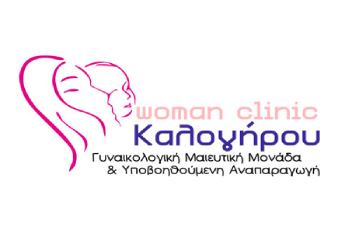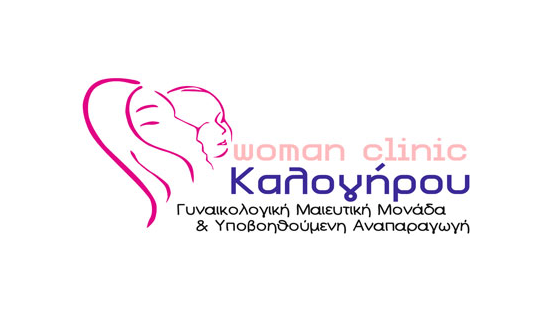Intrauterine insemination (IUI)
The problem of infertility in couples occurs frequently and is timeless.
The percentage is constantly growing in recent years and internationally 15% of couples face difficulty in conceiving in general, or in conceiving the desired number of children, according to estimates by the World Health Organization (WHO).
The probability of conception in a couple of childbearing age who have intercourse without protection or use of contraceptive methods is 20% per month and over a 12-month period, the rate statistically reaches 91%
Many couples, in order to find a solution to their problem, turn to gynecologists who are specialists in assisted reproduction and look for the fastest and most immediate treatment, leading to IVF.
Of course, in vitro fertilization has also "untied" our hands, but it is not the method of choice for couples with a mild infertility problem.
So this is where insemination comes in.
It is the most common method of assisted reproduction and is considered the method of first choice.
It is a simple and painless procedure performed in the doctor's office or hospital, without anesthesia.
And according to the guidelines of the World Health Organization (WHO), but also with the recent scientific literature, sperm injection should be preceded four to six times before deciding on in vitro fertilization.
Intrauterine insemination can be applied to couples with unexplained infertility, ovulation disorders, mild male infertility, and women with cervical mucus problems.
Intrauterine insemination using drugs to induce ovulation, to create 2-4 mature follicles, has proven better results than that done in natural (without drugs) cycles.
Also, the set of hormones (gonadotropins) used is very small and does not compare to that of extracorporeal.
Insemination takes place at the time of ovulation, usually 24 – 36 hours after hCG administration
The husband will donate sperm (after having abstained for 3 days since the last insemination) which will undergo a special treatment before being used.
Semen processing procedures are necessary to collect and obtain only motile spermatozoa, to remove prostaglandins and inflammatory factors present in the semen.
Another advantage of the treatment is the removal of immotile spermatozoa, leukocytes and immature germ cells.
With this process, we have a reduction in the number of free oxygen radicals and an obstruction to the release of the cytokine.
The end result of sperm processing, then, is its better fertilizing capacity.
Insemination is done using a soft or hard catheter which, after passing through the cervix, ends up in the uterine cavity where 0.5 ml of the liquid containing the spermatozoa is injected.
Some women can also receive some hormonal support for a period of 14 days until the pregnancy test is done
In recent years there are various insemination methods such as the use of a larger amount in ml of processed sperm from 4-10ml with significant results.
What is certain is that the insemination process in recent years has given us great success and solutions for hundreds of infertile couples
But how does the process work?
Before a couple proceeds with this process, they must comply with the basic conditions of insemination
- Mild oligoasthenospermia in the male
- One of the woman's two fallopian tubes is open (the diagnosis is made by hysterosalpingography)
- Hormonal profile of the woman within normal limits
The woman on the first day of menstruation comes to the gynecologist for the 1st transvaginal ultrasound in order to get instructions on whether or not to administer the drugs and to perform some hormonal tests
Then the next appointment is after a few days but not more than 5 days, again to see the course of the follicles or follicle
Along the way and whenever the doctor deems it necessary, an HCG injection will be given (about day 10-12) in order to release eggs and insemination is scheduled 24-36 hours later (about day 14)
After the insemination, mild medication may be given to help the fertilized egg implant.
Finally after 14 days there is a pregnancy test with anxiety and happiness at the same time...
The way for the child has just opened!!!
The treatment is always done in the in vitro fertilization department of the REA hospital and the insemination in the insemination department of the REA IVF




